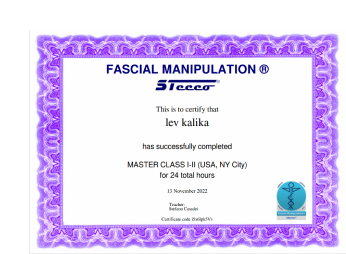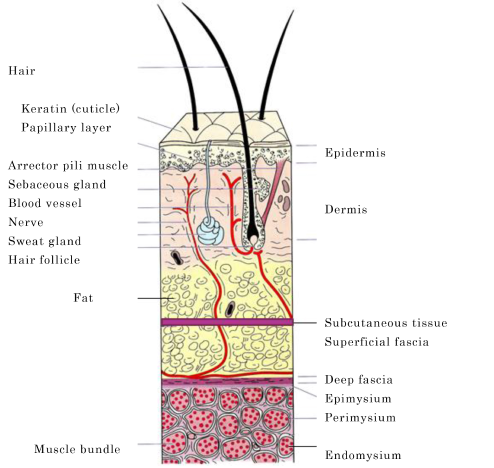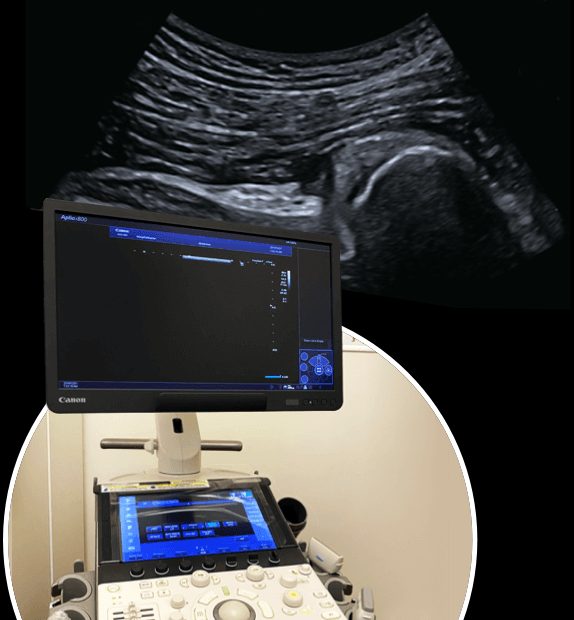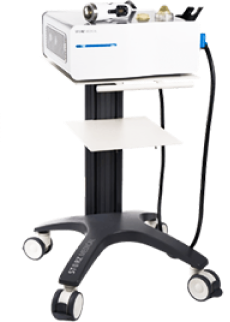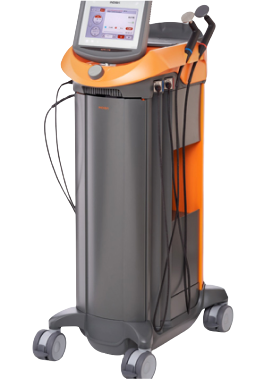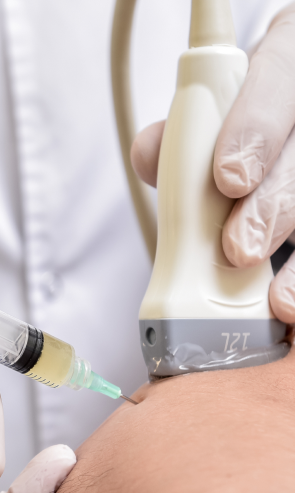Dr.Kalika is one of the few practitioners to combine Stecco diagnostic methodology with high resolution ultrasonography, to get an accurate picture of fascia dysfunction. Over time, Dr. Kalika has refined his skills in visualizing key coordination points of fascia adhesions and tissue thickening.
As an expert in diagnostic ultrasonography, Dr. Kalika is able to accurately identify nerve entrapments, and to resolve fascia-nerve interference syndromes, which research has revealed to be one of the most common causes of musculoskeletal pain.
To restore the integrity of fascia and its capacity to glide, Dr. Kalika uses a combination of ultrasound guided injection therapy – prolotherapy or platelet rich plasma (PRP) – along with various types of shock waves and ultrasound guided fascia hydro manipulation.
Dr. Kalika has achieved positive results with some of the most difficult, chronic and resistive cases of fascia dysfunction, where other interventions, therapies and surgeries have failed.
Dr.Kalika is one of the few practitioners who combines Stecco diagnostic methodology with high resolution ultrasonography, to get an accurate picture of fascia dysfunction. To restore the integrity of fascia and its capacity to glide, Dr. Kalika uses a combination of ultrasound guided injection therapy and ultrasound guided fascia hydro manipulation.
Dr. Kalika is a certified practitioner of the Stecco method of fascial manipulation therapy.



